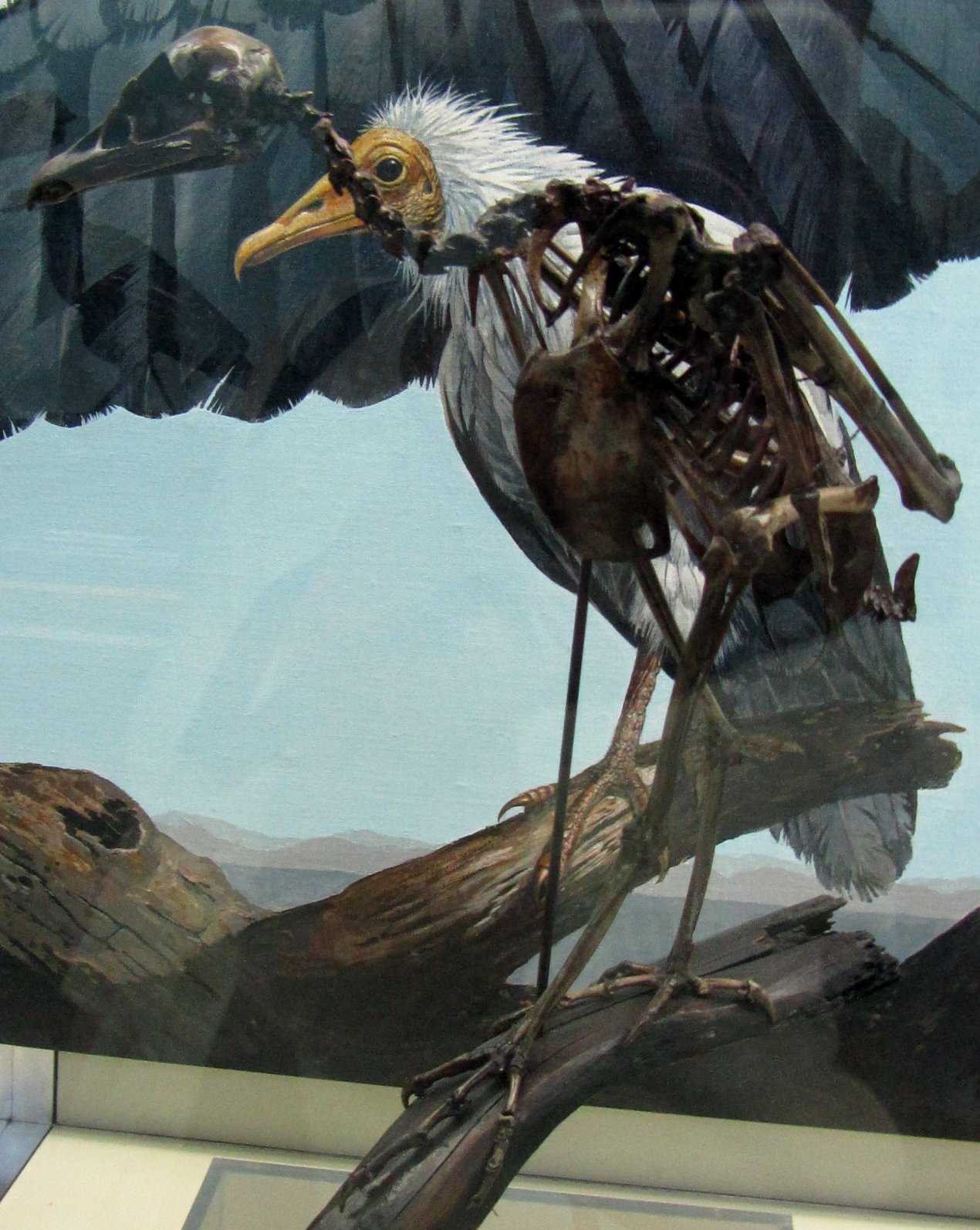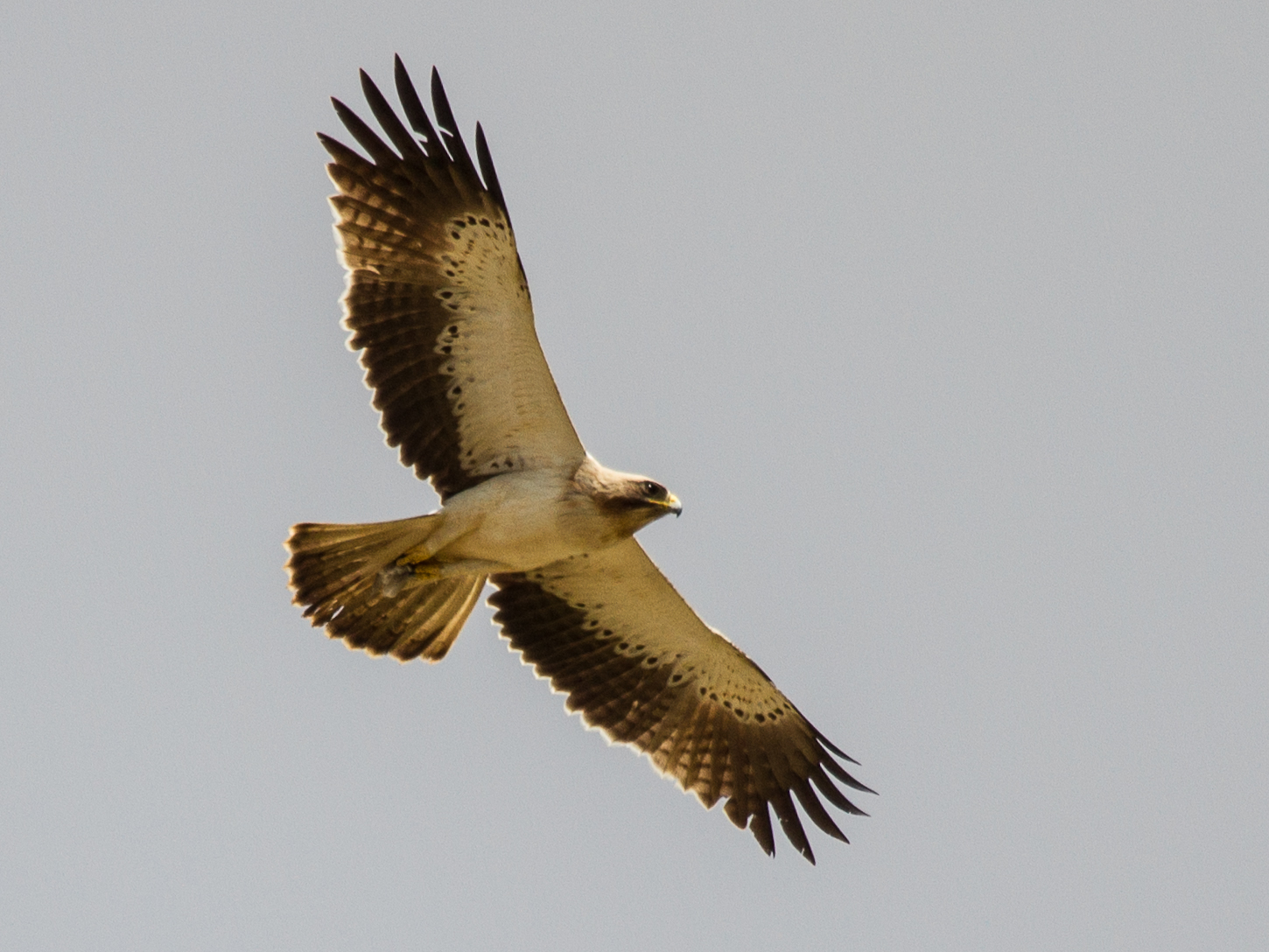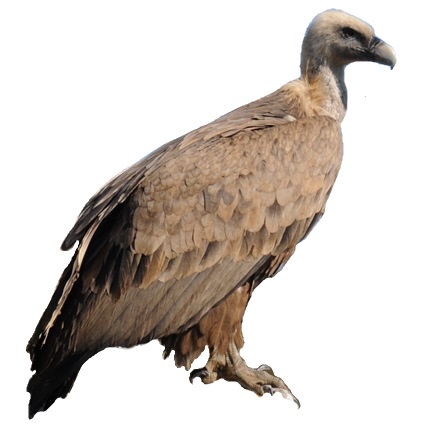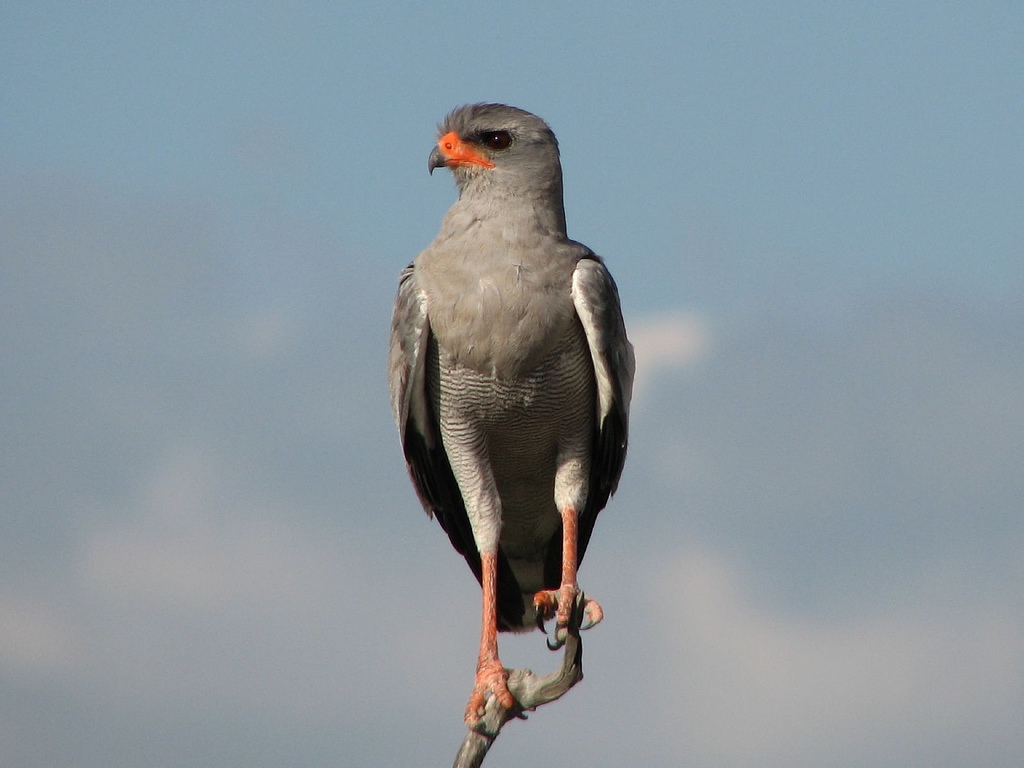|
Accipitridae
The Accipitridae () is one of the four families within the order Accipitriformes, and is a family of small to large birds of prey with strongly hooked bills and variable morphology based on diet. They feed on a range of prey items from insects to medium-sized mammals, with a number feeding on carrion and a few feeding on fruit. The Accipitridae have a cosmopolitan distribution, being found on all the world's continents (except Antarctica) and a number of oceanic island groups. Some species are migratory. The family contains 256 species which are divided into 12 subfamilies and 75 genera. Many well-known birds such as hawks, eagles, kites, harriers and Old World vultures are included in this group. The osprey is usually placed in a separate family ( Pandionidae), as is the secretary bird ( Sagittariidae), and the New World vultures are also usually now regarded as a separate family or order. Karyotype data indicate the accipitrids analysed are indeed a distinct monophyletic ... [...More Info...] [...Related Items...] OR: [Wikipedia] [Google] [Baidu] |
Eagle
Eagle is the common name for the golden eagle, bald eagle, and other birds of prey in the family of the Accipitridae. Eagles belong to several groups of Genus, genera, some of which are closely related. True eagles comprise the genus ''Aquila (bird), Aquila''. Most of the 68 species of eagles are from Eurasia and Africa. Outside this area, just 14 species can be found—two in North America, nine in Central and South America, and three in Australia. Eagles are not a natural group but denote essentially any kind of bird of prey large enough to hunt sizeable (about 50 cm long or more overall) vertebrates. Etymology The word "eagle" is borrowed into English from and , both derived ultimately from ("eagle"). It is cognate with terms such as , and . It is broadly synonymous with the less common English term "erne" or "earn", deriving from , from , in which it acts as the usual word for the bird. The Old English term is turn derived from and is cognate with other synonymous ... [...More Info...] [...Related Items...] OR: [Wikipedia] [Google] [Baidu] |
Bird Of Prey
Birds of prey or predatory birds, also known as (although not the same as) raptors, are hypercarnivorous bird species that actively predation, hunt and feed on other vertebrates (mainly mammals, reptiles and smaller birds). In addition to speed and strength, these predators have bird vision, keen eyesight for detecting prey from a distance or during flight, strong feet with sharp talon (anatomy), talons for grasping or killing prey, and powerful, curved beaks for tearing off flesh. Although predatory birds primarily hunt live prey, many species (such as fish eagles, vultures and condors) also scavenge and eat carrion. Although the term "bird of prey" could theoretically be taken to include all birds that actively hunt and eat other animals, ornithologists typically use the narrower definition followed in this page, excluding many piscivorous predators such as storks, Crane (bird), cranes, herons, gulls, skuas, penguins, and kingfishers, as well as many primarily insectivorous bir ... [...More Info...] [...Related Items...] OR: [Wikipedia] [Google] [Baidu] |
Common Buzzard
The common buzzard (''Buteo buteo'') is a medium-to-large bird of prey which has a large range. It is a member of the genus '' Buteo'' in the family Accipitridae. The species lives in most of Europe and extends its breeding range across much of the Palearctic as far as northwestern China (Tian Shan), far western Siberia and northwestern Mongolia.Ferguson-Lees, J., & Christie, D. A. (2001). ''Raptors of the world''. Houghton Mifflin Harcourt. Over much of its range, it is a year-round resident. However, buzzards from the colder parts of the Northern Hemisphere as well as those that breed in the eastern part of their range typically migrate south for the northern winter, many journeying as far as South Africa.Bildstein, K. L., & Zalles, J. I. (2005). ''Old World versus New World long-distance migration in accipiters, buteos, and falcons''. Birds of two worlds: the ecology and evolution of migration. Johns Hopkins University Press, Baltimore, Maryland, USA, 154–167. The common buz ... [...More Info...] [...Related Items...] OR: [Wikipedia] [Google] [Baidu] |
Hawk
Hawks are birds of prey of the family Accipitridae. They are very widely distributed and are found on all continents, except Antarctica. The subfamily Accipitrinae includes goshawks, sparrowhawks, sharp-shinned hawks, and others. This subfamily are mainly woodland birds with short broad wings, long tails, and high visual acuity. They hunt by dashing suddenly from a concealed perch. In America, members of the '' Buteo'' group are also called hawks, though birds of this group are called buzzards in other parts of the world. Generally, buteos have broad wings and sturdy builds. They are relatively larger-winged and shorter-tailed than accipiters, and fly further distances in open areas. Buteos descend or pounce on their prey rather than engaging in fast, horizontal pursuit. The terms ''accipitrine hawk'' and ''buteonine hawk'' are used to distinguish between the types in regions where ''hawk'' applies to both. The term ''"true hawk"'' is sometimes used for the accipitrin ... [...More Info...] [...Related Items...] OR: [Wikipedia] [Google] [Baidu] |
Circaetinae
Circaetinae is a subfamily of the family Accipitridae which contains a group of medium to large broad-winged birds of prey. The group is sometimes treated as tribe Circaetini. These birds mainly specialise in feeding on snakes and other reptiles, which is the reason most are referred to as "snake-eagles" or "serpent-eagles". The exceptions are the bateleur, a more generalised hunter, and the Philippine eagle, which preys on mammals and birds. All but one of the subfamily are restricted to warmer parts of the Old World: ''Spilornis'' and ''Pithecophaga'' in south Asia, the others in Africa. The short-toed eagle ''Circaetus gallicus'' migrates between temperate Eurasia and Africa, as well as being resident in India. They have hooked beaks for tearing flesh from their prey, strong legs and powerful talons. They also have extremely keen eyesight to enable them to spot potential prey from a distance. Taxonomy The subfamily Circaetinae was introduced in 1851 by the English zoologis ... [...More Info...] [...Related Items...] OR: [Wikipedia] [Google] [Baidu] |
Aegypiinae
Aegypiinae is one of two subfamilies of Accipitridae that are referred to as Old World vultures, the other being the Gypaetinae. They are not closely related to the Gypaetinae, and are instead a sister group to the serpent-eagles (Circaetinae). Presently found throughout much of Africa, Asia, and parts of Europe, fossil evidence indicates that as recently as the Late Pleistocene, they ranged into Australia. Taxonomy The subfamily Aegypiinae was introduced (as the family Aegypiidae) in 1924 by the British zoologist William Lutley Sclater with ''Aegypius'' Savigny, 1809, as the type genus. The cladogram of the Aegypiinae shown below is based on a molecular phylogenetic Molecular phylogenetics () is the branch of phylogeny that analyzes genetic, hereditary molecular differences, predominantly in DNA sequences, to gain information on an organism's evolutionary relationships. From these analyses, it is possible to ... study of the Accipitridae by Therese Catanach and collabor ... [...More Info...] [...Related Items...] OR: [Wikipedia] [Google] [Baidu] |
Aquilinae
The Aquilinae are a subfamily of eagles of the family Accipitridae. The general common name used for members of this subfamily is "booted eagle", although this is also the common name of a member of the subfamily.Lerner, H., Christidis, L., Gamauf, A., Griffiths, C., Haring, E., Huddleston, C. J., Kabra, S., Kocum, A., Krosby, M., Kvaloy, K., Mindell, D., Rasmussen, P., Rov, N., Wadleigh, R., Michael Wink & Gjershaug, J. O. (2017). ''Phylogeny and new taxonomy of the Booted Eagles (Accipitriformes: Aquilinae)''. ''Zootaxa'' 4216 (4), 301-320. At one point, this subfamily was considered inclusive with the Buteoninae (commonly known as buzzards or buteonine hawks) based probably on some shared morphological characteristics.Amadon, D. (1982). ''The genera of booted eagles: Aquila and relatives''. Journal of the Yamashina Institute for Ornithology, 14(2-3), 108-121. However, research on the DNA of the booted eagles has shown that they are a monophyletic group that probably have had mil ... [...More Info...] [...Related Items...] OR: [Wikipedia] [Google] [Baidu] |
Buteoninae
The Buteoninae are a subfamily of birds of prey which consists of medium to large, broad-winged species. They have large, powerful, hooked beaks for tearing flesh from their prey, strong legs, and powerful talons. They also have extremely keen eyesight to enable them to spot potential prey from a distance. This subfamily contains the buzzards (buteonine hawks) with great diversity in appearance and form and some appearing eagle-like, with at least 50 species included overall in the subfamily. At one time, several types were grouped, including large assemblages such as booted eagles, but modern studies using mitochondrial DNA clarified that this subfamily was smaller than formerly classified. Systematics The subfamily Buteoninae was introduced (as "Buteonina") by the Irish zoologist Nicholas Vigors in 1825 with '' Buteo'' as the type genus. The subfamily includes about 79 currently recognized species. Unlike the many lineages of Accipitridae which seem to have radiated out ... [...More Info...] [...Related Items...] OR: [Wikipedia] [Google] [Baidu] |
Elaninae
An elanine kite is any of several small, lightly-built raptors with long, pointed wings. Some authorities list the group as a formal subfamily, Elaninae. As a subfamily there are six species in three genera with two of these genera being monotypic. Two other species have at times been included with the group, but genetic research has shown them to belong to different subfamilies. Elanine kites have a near-worldwide distribution, with two endemic species found in the Americas, two in Australia, and one in Africa, while the black-winged kite is found over a vast range from Europe and Africa in the west to Southeast Asia in the east. Species Current Elaninae Previously in Elaninae * Genus ''Machaerhamphus'' or ''Macheiramphus'' (subfamily Harpiinae) ** Bat hawk, ''M. alcinus'' – Paleotropics (Africa, south Asia through to New Guinea) * Genus ''Elanoides'' (subfamily Perninae) ** Swallow-tailed kite, ''Elanoides forficatus'' – Americas Description ''Elanus'' species are pr ... [...More Info...] [...Related Items...] OR: [Wikipedia] [Google] [Baidu] |
Accipitrinae
The Accipitrinae are the Family (biology), subfamily of the Accipitridae often known as the "true" hawks. The subfamily contains 73 species that are divided into 11 genera. It includes the genus ''Accipiter'' which formerly included many more species. The large genus was found to be non-monophyletic and was split into several new or resurrected genera. The birds in this subfamily are primarily woodland birds that hunt by sudden dashes from a concealed perch, with long tails, broad wings and high visual acuity facilitating this lifestyle. Hawks, including the accipitrines, are believed to have vision several times sharper than humans, in part because of the great number of photoreceptor cells in their retinas (up to 1,000,000 per square mm, against 200,000 for humans), a very high number of Neuron, nerves connecting the receptors to the brain, and an indented Fovea centralis, fovea, which magnifies the central portion of the visual field. Eagles, such as the Bald Eagle in the fami ... [...More Info...] [...Related Items...] OR: [Wikipedia] [Google] [Baidu] |
Old World Vulture
Old World vultures are vultures that are found in the Old World, i.e. the continents of Europe, Asia and Africa, and which belong to the family Accipitridae, which also includes eagles, buzzards, kites, and hawks. Old World vultures are not closely related to the superficially similar New World vultures and condors, and do not share that group's good sense of smell. The similarities between the two groups of vultures are due to convergent evolution, rather than a close relationship. They were widespread in both the Old World and North America during the Neogene. Old World vultures are probably a polyphyletic group within Accipitridae, belonging to two separate not closely related groups within the family. Most authorities refer to two major clades: Gypaetinae ('' Gypaetus, Gypohierax'' and '' Neophron'') and Aegypiinae ('' Aegypius'', '' Gyps'', '' Sarcogyps'', '' Torgos'', '' Trigonoceps'' and possibly '' Necrosyrtes''). The former seem to be nested with Perninae hawks, w ... [...More Info...] [...Related Items...] OR: [Wikipedia] [Google] [Baidu] |
Osprey
The osprey (; ''Pandion haliaetus''), historically known as sea hawk, river hawk, and fish hawk, is a diurnal, fish-eating bird of prey with a cosmopolitan range. It is a large raptor, reaching more than in length and a wingspan of . It is brown on the upperparts and predominantly greyish on the head and underparts. The osprey tolerates a wide variety of habitats, nesting in any location near a body of water providing an adequate food supply. It is found on all continents except Antarctica, although in South America it occurs only as a non-breeding migrant. As its other common names suggest, the osprey's diet consists almost exclusively of fish. It possesses specialised physical characteristics and unique behaviour in hunting its prey. Because of its unique characteristics it is classified in its own taxonomic genus, ''Pandion'', and family, Pandionidae. Taxonomy The osprey was described in 1758 by the Swedish naturalist Carl Linnaeus under the name ''Falco haliaetus ... [...More Info...] [...Related Items...] OR: [Wikipedia] [Google] [Baidu] |










